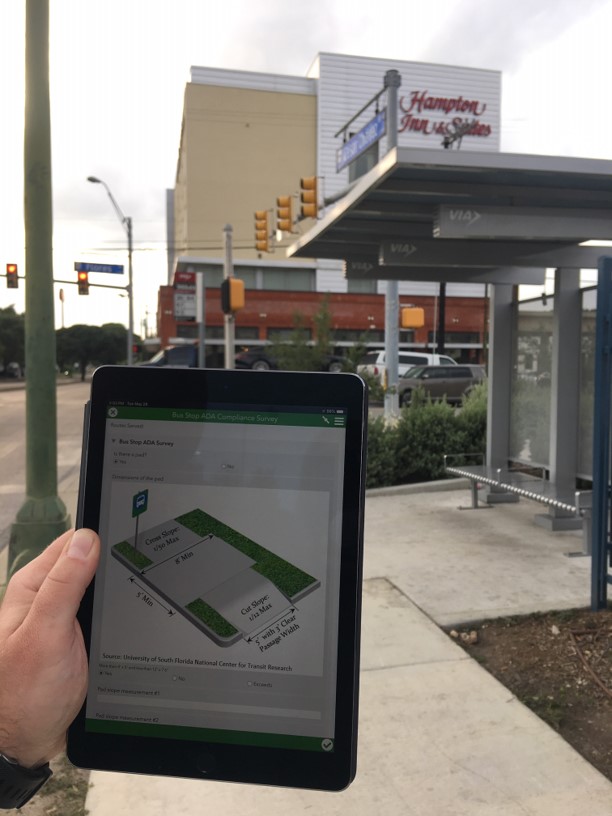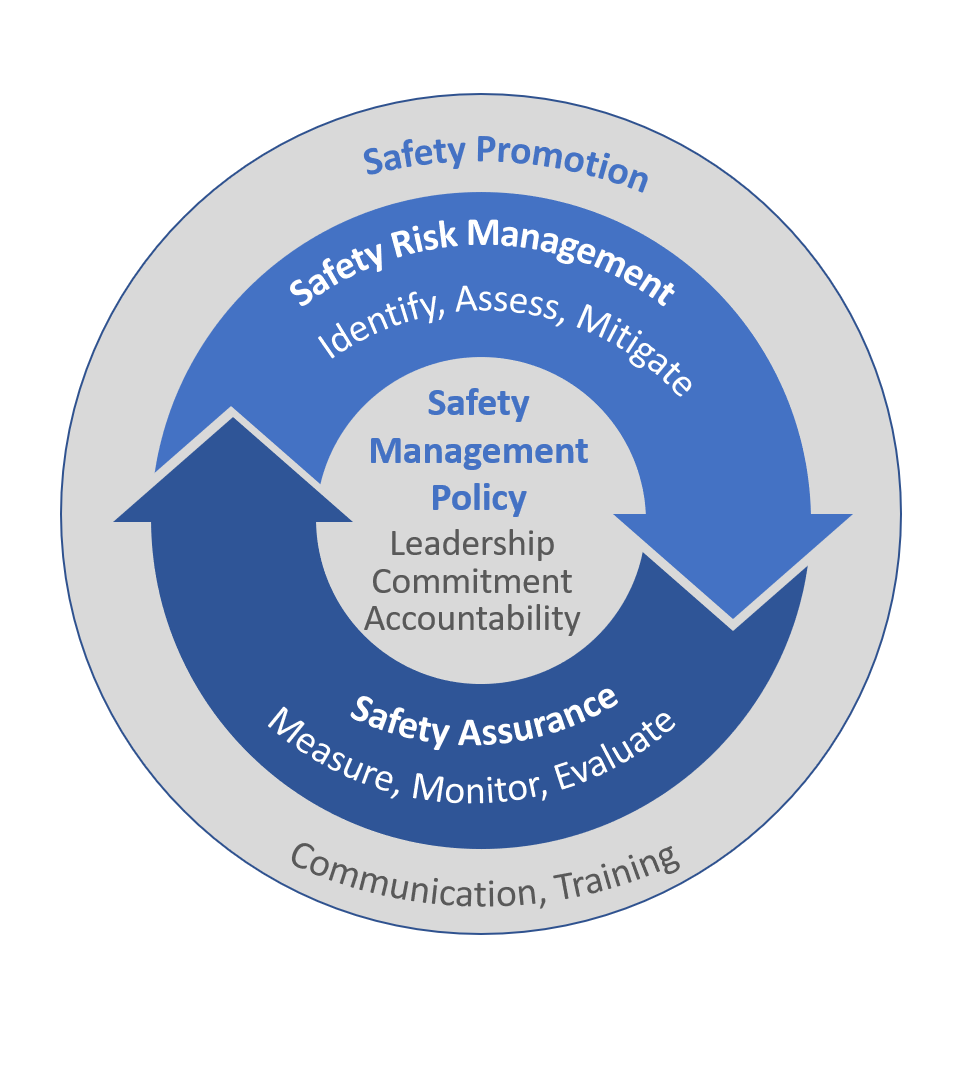Turn on suggestions
Auto-suggest helps you quickly narrow down your search results by suggesting possible matches as you type.
Cancel
Public Transit Blog
Turn on suggestions
Auto-suggest helps you quickly narrow down your search results by suggesting possible matches as you type.
- Home
- :
- All Communities
- :
- Industries
- :
- Transportation
- :
- Public Transit
- :
- Public Transit Blog
Options
- Mark all as New
- Mark all as Read
- Float this item to the top
- Subscribe to This Board
- Bookmark
- Subscribe to RSS Feed
Subscribe to This Board
Other Boards in This Place
65
1.2M
138
Public Transit Documents
62
1K
1
Public Transit Videos
65
2.9K
2
Public Transit Blog
67
35.2K
22
Latest Activity
(22 Posts)by
Anonymous User
Not applicable
07-07-2020
11:38 AM
4
0
1,567
by
Anonymous User
Not applicable
04-29-2020
11:40 AM
1
0
1,754
by
Anonymous User
Not applicable
04-20-2020
08:22 AM
1
0
2,214
by
Anonymous User
Not applicable
12-23-2019
01:00 AM
2
2
4,720
by
Anonymous User
Not applicable
12-17-2019
09:32 AM
0
0
1,026
by
Anonymous User
Not applicable
12-03-2019
12:52 PM
0
0
1,274
Esri Regular Contributor
08-27-2019
08:08 AM
1
8
1,971
67 Subscribers
Popular Articles
A Location Strategy for Public Transit
Anonymous User
Not applicable
4 Kudos
0 Comments
Introducing Quarterly Technology Webcasts for Public Transportation ArcGIS Users
Anonymous User
Not applicable
2 Kudos
0 Comments
Real-Time AVL Feeds with ArcGIS
Anonymous User
Not applicable
2 Kudos
2 Comments

